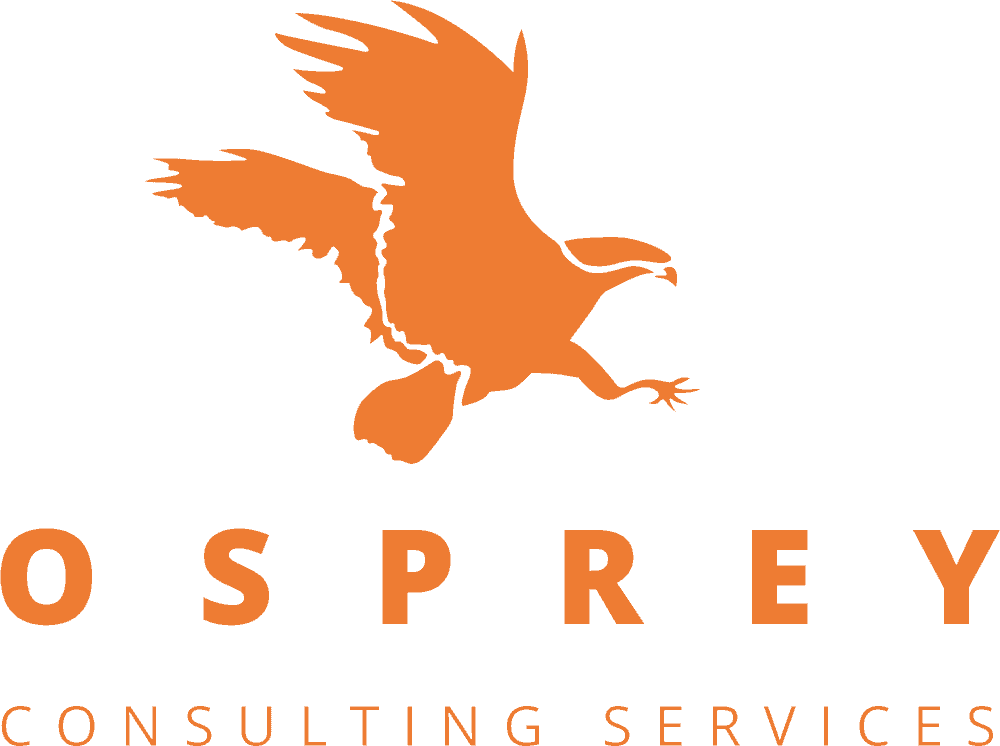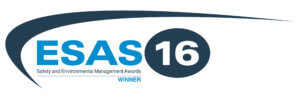For our final anniversary post, we caught up with Peter Giles to reflect on his thoughts from the past 10 years.
Peter is a Founding Director of Osprey and Chief Technical Officer.
When you founded Osprey in 2006, you worked from your garden shed! What are the biggest changes you’ve seen over the past decade?
Well firstly, the “shed” I now work from has definitely got bigger and there are three of them now! By that, I’m referring to our three offices in Bristol, Basingstoke and Lincoln. Despite the fact that we’ve grown rapidly, we have still managed to retain the same positive office culture that we had when we were 2-3 people in a shed.
What do you consider to be Osprey’s greatest achievement?
I think the awards we have won this year are a great testament to Osprey as they are recognition of our work as seen by others, and our contribution to the aviation industry. They have forced us to sit back and look at our business from a different perspective, evaluate our offering and make direct comparisons to our competitors whether that’s through innovation, technical ability, growth or client satisfaction etc.
Osprey has a well-earned reputation for providing top quality technical advice and support, how do you ensure our staff keep right up to date with the latest technology, skills and standards?
Earlier this year I became a Fellow of the IET and I felt extremely honoured to be recognised at this level for my contribution to the engineering profession. However, I truly believe that the answer to this question is all about finding the right individuals in the first place and ensuring that they are matched to projects where they can really make a difference.
We have grown the company by recruiting like-minded people that are genuinely motivated and passionate about what they do. Everyone takes a proactive approach to their learning and development as they want to continue to be the best in their field. This is of course backed-up by our Professional Development Framework which reinforces the importance that Osprey places on engineering excellence, professional registration, and our ongoing relationships with the professional engineering institutions.
What was the most complex technical challenge that Osprey has ever had to overcome for a client?
There’s nothing we enjoy more at Osprey than a technical challenge! The most complex project we have ever delivered involved balancing the core elements for three wind farm developers and three Airports with eight potential technical solutions! We definitely backed the right solution, and I’m pleased to say that it is currently being introduced into service. The requirements of all of our stakeholders were also met – which was no mean feat!
What does the future hold?
Going forward, I’d like to see Osprey have a greater overseas presence. Our UAS capabilities are in demand and we are being contacted by companies from all over the world wanting to work with us on UAS Integration.
In terms of embracing technology, our immediate focus will be on Collaborative Decision Making, network based systems and remoting services. The aviation industry is evolving at a great pace and I can see such a wide range of opportunities that we can innovate through the use of new technology.
How many Osprey employees does it take to change a lightbulb?
The answer is of course 1 – but with plenty of skilled volunteers and very helpful suggestions on the way to do it! Clearly, we would look to ensure that the replacement was an improvement on its predecessor in terms of light quality and reliability.
Where did you go on your last flight?
Hopefully not my last! My most recent flight was in September to Cyprus for a family holiday.
OSPREY CSL – Est. 20.12.2006



